Latest news and features
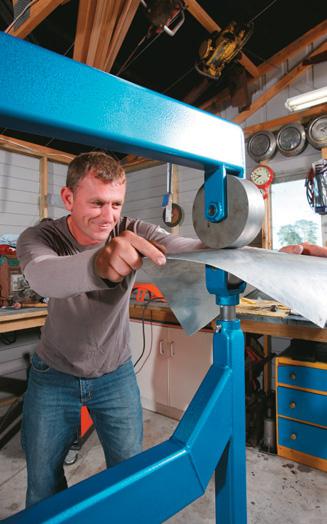
Make a handy English wheel
So it was time to start fabricating my own parts and for that I would need a so-called English wheel machine to mould the tank, guards, seat pan etc. But buying such a machine was “off the budget” as they come with a hefty price tag.
The next option was to build one. With not a lot of plans available, I could see that I’d have some homework to do.
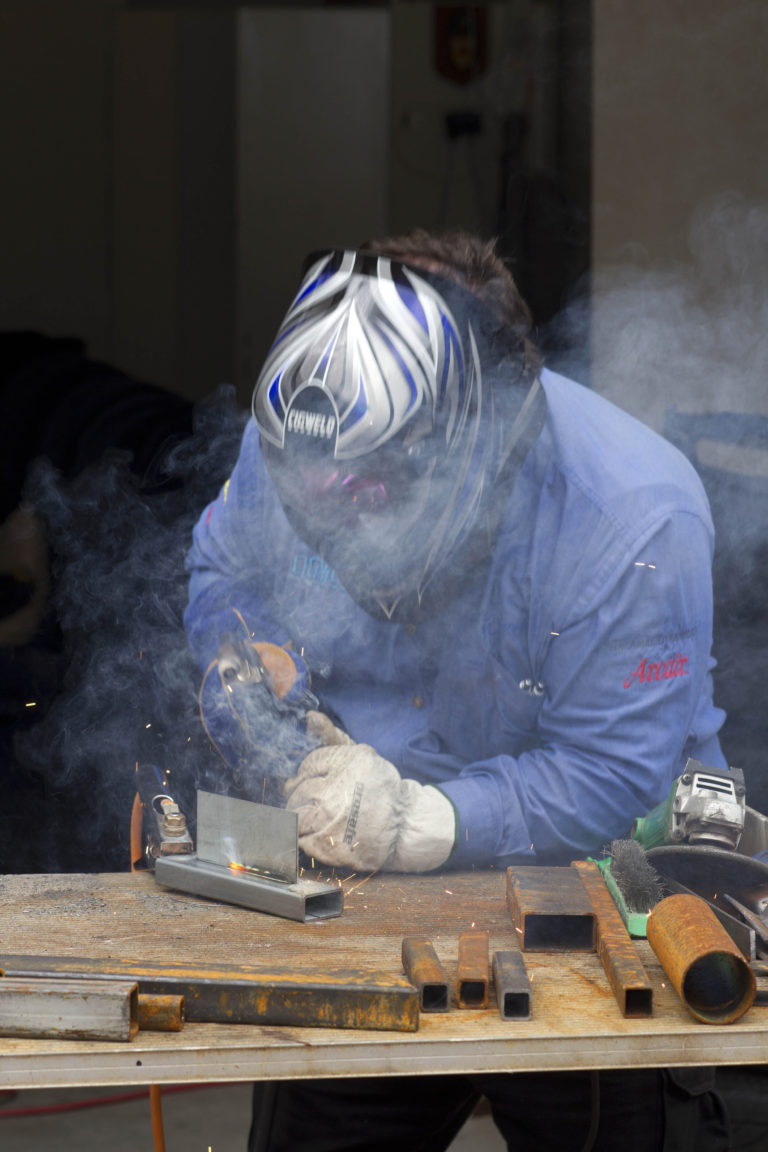
Gasless wire welding is a breeze
Gasless welding using a flux-cored wire is a MIG welding process that relies on a continuous, tubular wire feed. Gasless wire welding was originally designed as a replacement for stick welding, mostly for use outside where protecting gases could be blown away by the wind and higher productivity was necessary.
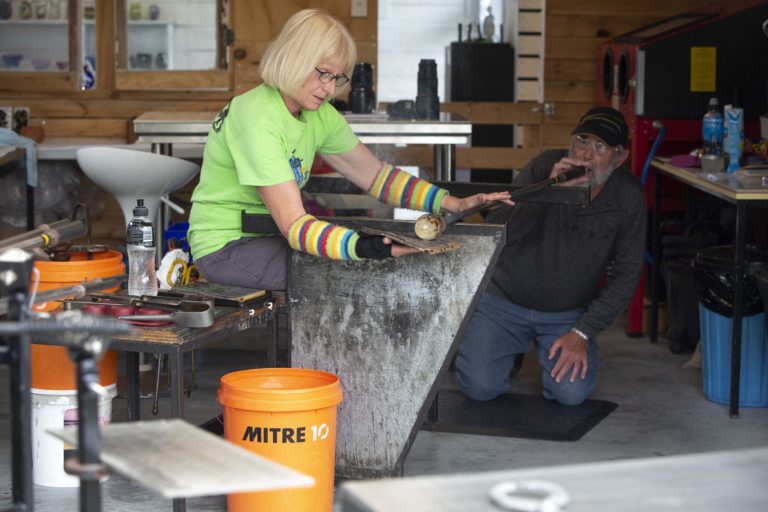
Video of glass making toolmaker, David Etchells
This video of our cover story from the May/June 2021 Issue No. 96 of The Shed is about a sheddie who decided to avoid spending a fortune on tools for his new career and instead make his own.
Why? Because he could, it saved waiting months for delivery in these Covid-ravaged times, and there were considerable savings to be had. David Etchells is assistant to Fran Anderton in her glass-blowing business in Whanganui. He has brought some of his sheddie skills to Fran’s workshop that sees them using the tools that David has made to create amazing blown-glass products.
David shows us some unique tools specific for making glass and how he makes them.
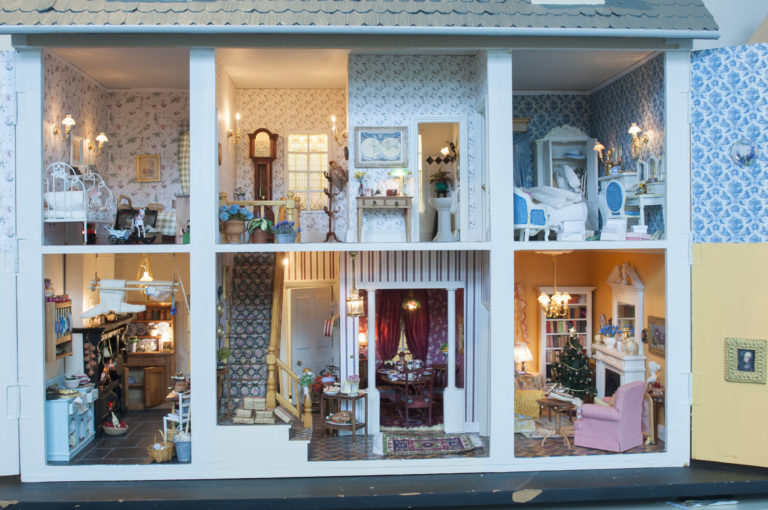
Video of dolls house makers, Peter and Lynda Brocklehurst
In The Shed January/February Issue 94, we featured these amazing dolls house builders from Christchurch.
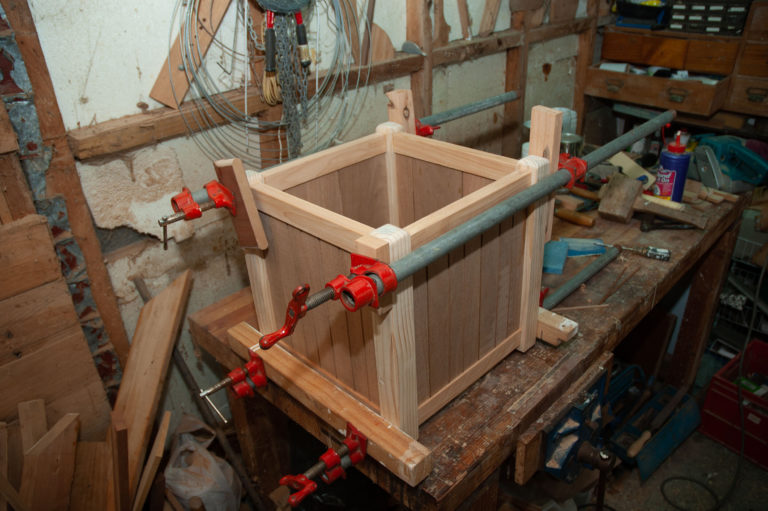
Elegant planter box on a tablesaw
The “Leader of the Opposition” has pointed me to the great outdoors and is making noises about things to house the shrubbery that materialises from the garden centre every weekend
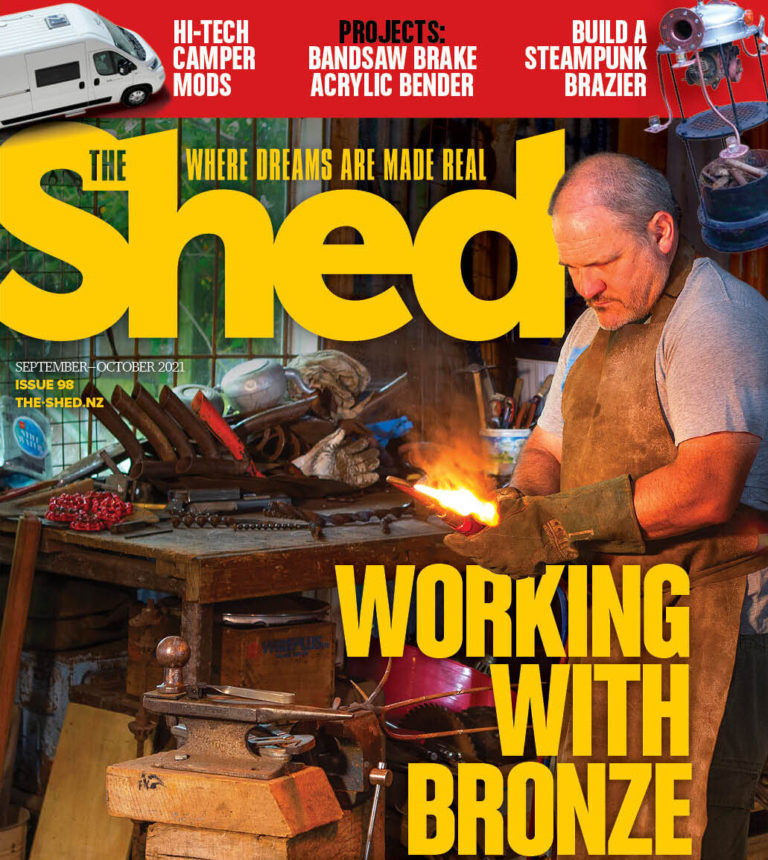
The Shed September/October 2021 Issue 98 is on sale now
Glen Macmillan works between his two sheds creating sculptures from recycled waste. His junk of choice is gardening tools, landscaping equipment, and farming equipment — particularly the older kind of hand tools that were made to last and had a bit of styling.
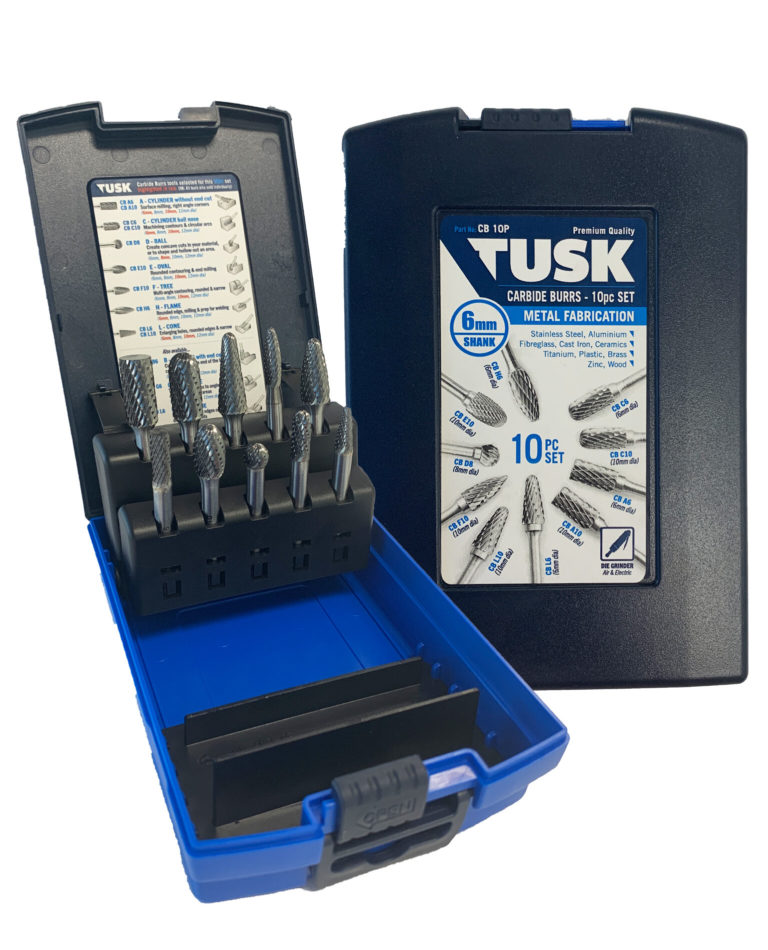

The Shed July/August 2021 Issue 97, on sale now across Australia
Restoring motorbikes is what South Island sheddie Hayden Tasker loves to do in his workshop, but not just any motorbike.
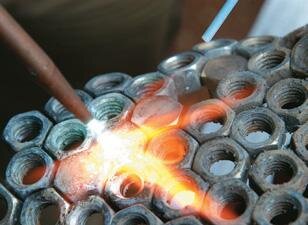
Brazing and soldering
Brazing can be described as the joining of two or more pieces of base metals together using a copper or silver-based filler rod.
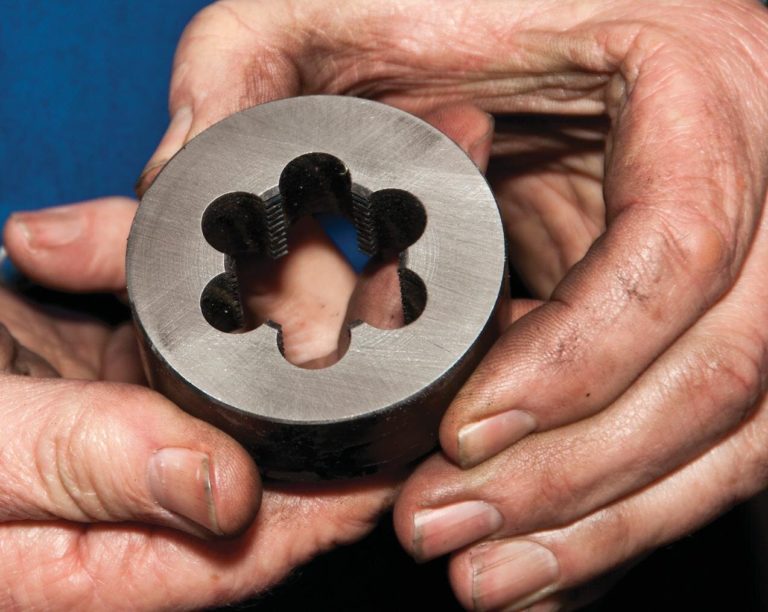
Making a die nut
A die nut is created with interrupted sections of thread around its internal diameter. Die nuts are simply screwed onto the threaded part. As they are wound down, they cut away any of the screw thread that is bruised (bent over) or out of line. A die nut cuts irregularities and scrapes off the dirt from the thread it is being used on so needs cutting edges, which are formed by the cut-away places.
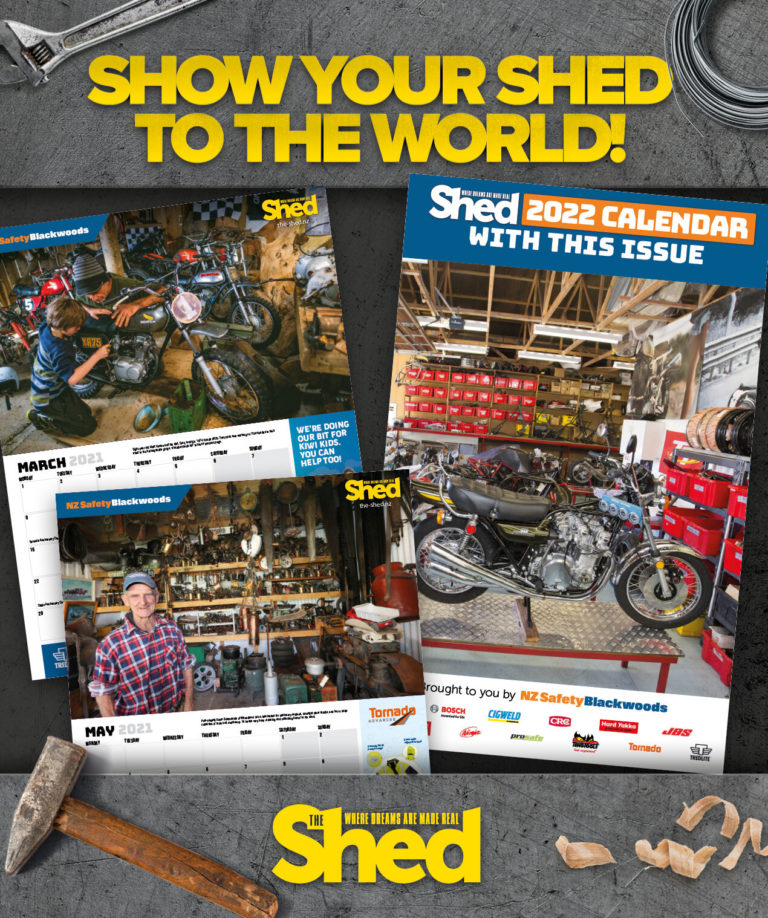
We want your shed for our 2022 The Shed calendar
We are now calling for entries for your shed to be featured in our 2022 The Shed Calendar.
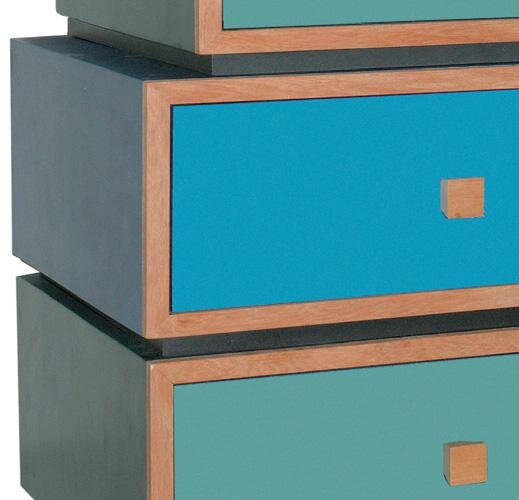
A versatile set of drawers
I have constructed this project to demonstrate the concept of modular design for a set of drawers.
A modular concept allows you to design drawer space to fit your needs. You can add on or change the layout to suit, or you could mix them with shelves to make up modules to fit an awkward space or just to express your creativity.
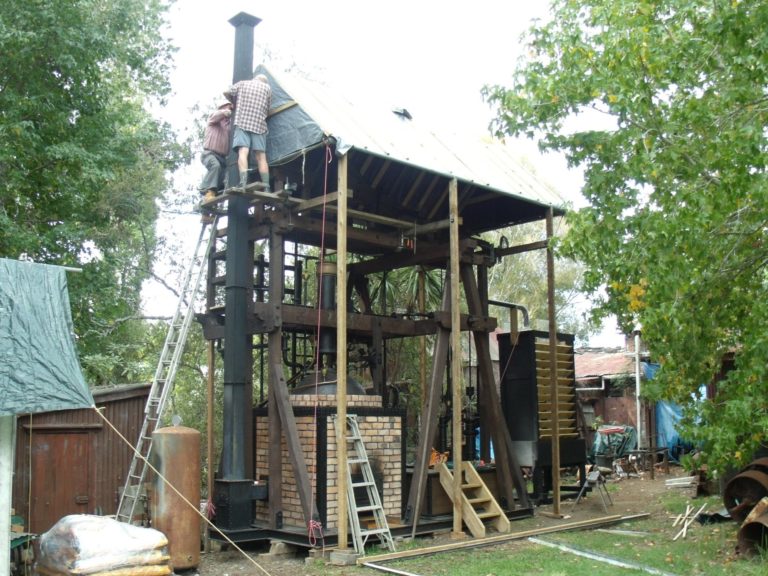
The making of Gloribelle
A replica steam engine that made its first appearance at the Glenbrook Vintage Railway near Auckland in 2013 was much more than just another piece of interesting machinery. Built to mark 300 years since what was believed to be Thomas Newcomen’s first engine, made in 1712, it celebrates an invention that contributed significantly to the industrial revolution.
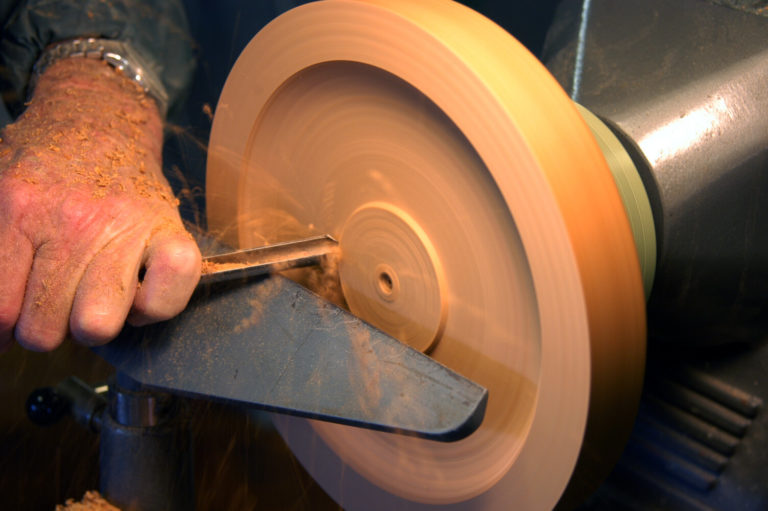
Turning out a crescent clock
A crescent clock looks at its best if it is made from a stylish native timber.
For this project, I used a kauri block. When you come to select the wood which will be prominently on display in the living room or dining room, for preference choose a piece of timber that has a distinctive grain.

The Shed July/August 2021 Issue 97, on sale now
Restoring motorbikes is what South Island sheddie Hayden Tasker loves to do in his workshop, but not just any motorbike.
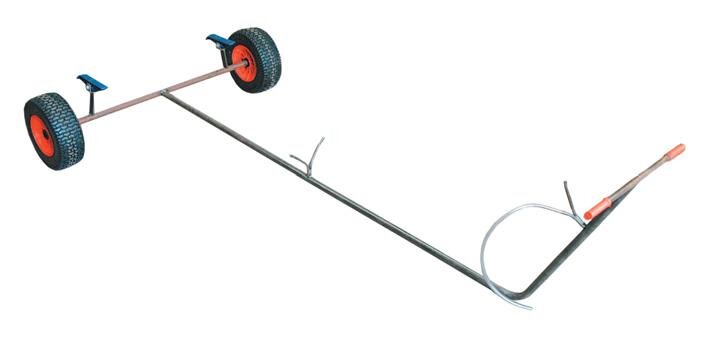
Build a sand trolley
I used a pipe 3200mm long, but it depends on what you have. This is 2400mm along the flat and bent up at the front. The horizontal distance, from the flat to the tip lengthwise, is 340mm. I measured from a square on the pipe, and out 340mm for the bend. The axle is usually 1200mm. I turned a little insert stub axle for putting through the one-inch (25mm) bush in the centre of the wheel and into the axle. You could also turn down the axle to fit. It’s a straight bush because bearings and saltwater don’t mix.
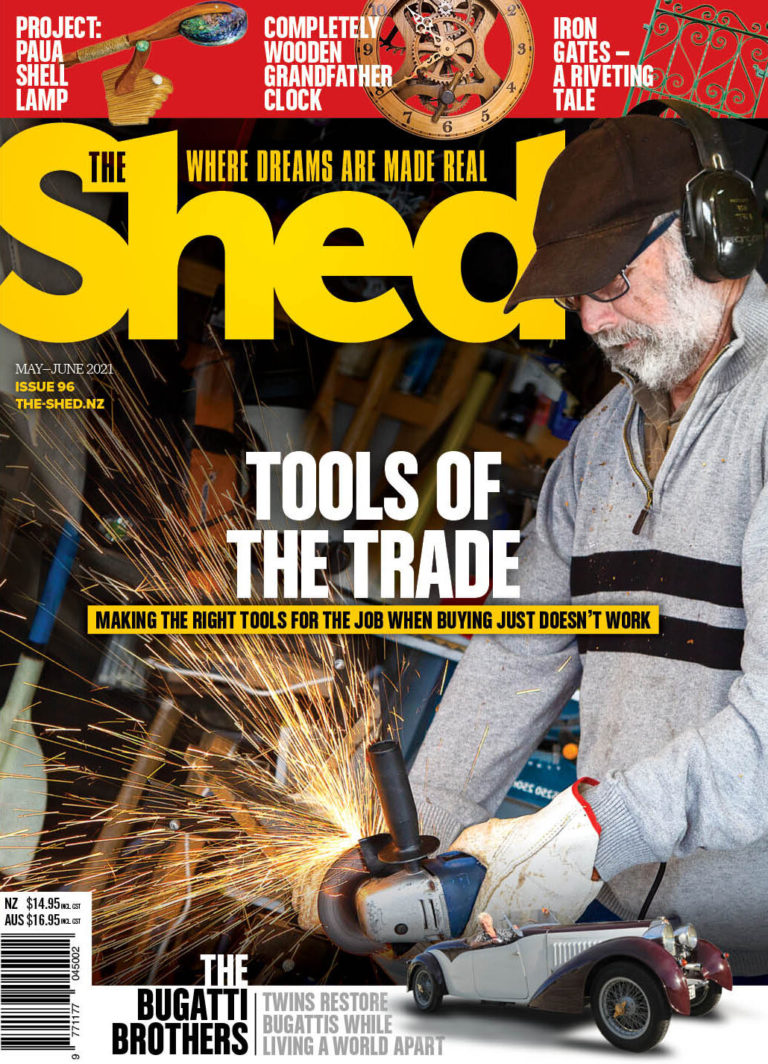
The Shed May/June 2021 Issue 96, on sale now in Australia, nationwide
Our cover story in the May/June 2021 Issue No. 96 of The Shed is about a sheddie who decided to avoid spending a fortune on tools for his new career and instead make his own. Why? Because he could, and it saved waiting months for delivery in these Covid ravaged times. Plus there were considerable financial savings to be had.

3D Printing
Here we’re going to use 3D printing to do a modern twist on “lost wax” casting.
It’s a trick that’s more than 5000 years old: make something in wax, bury it in clay or plaster leaving a hole in the shell. Bake the heck out of it to remove the wax and then pour molten metal down the hole. If everything stays together, you get a metal replica of your wax object.
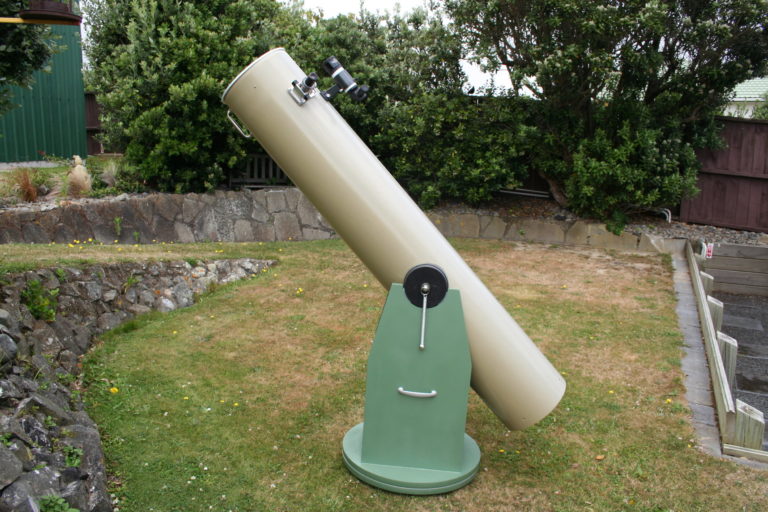
Make your own telescope
This a project to make a popular Newtonian-design reflector telescope with a Dobsonian mount. The principle of the telescope is to collect light and then magnify the image. The light from a distant object (a star or planet) is gathered by the mirror and brought to a focal point. The eyepiece is used to focus and enlarge the image. By changing the eyepiece, we can increase the magnification and the size of the image. The larger the objective or mirror the more light it can gather and therefore you can use a higher magnification eyepiece.
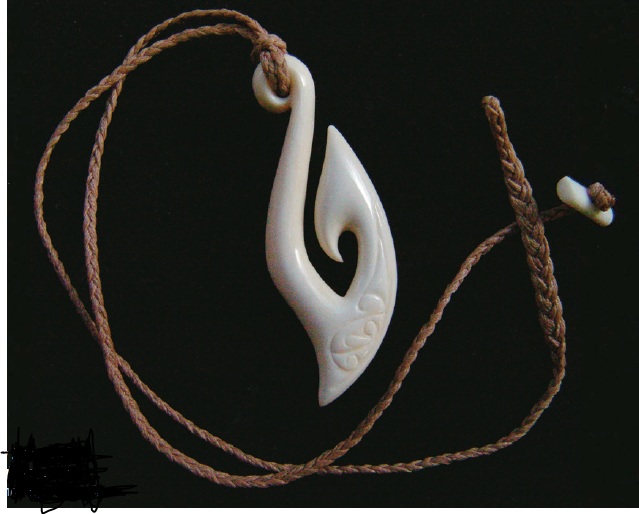
The art of bone carving
When the meat lovers among us think about carving up Daisy the cow, we’re picturing the Sunday roast but Lilach Paul sees bare white bones: blank canvases to be brought to their full potential beneath her Dremel drill.
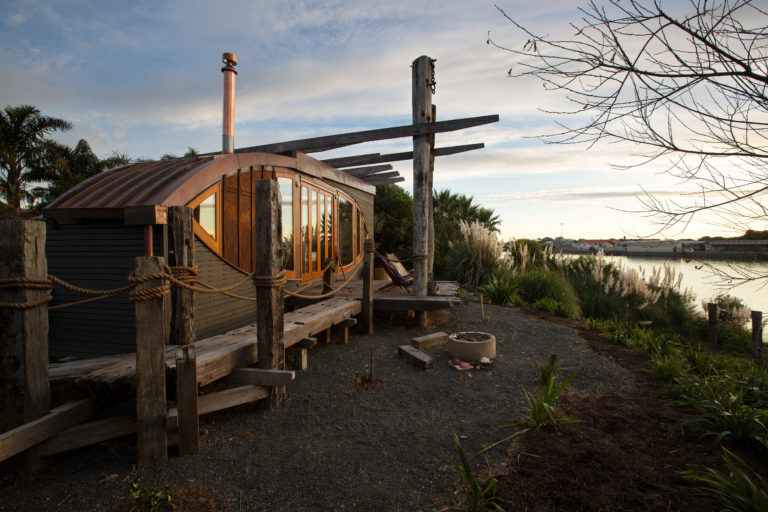
Video of the Iona Boathouse Project as featured in Issues 91 and 92
In two consecutive issues of The Shed, we followed the build of a tiny house on the banks of the Whanganui River.
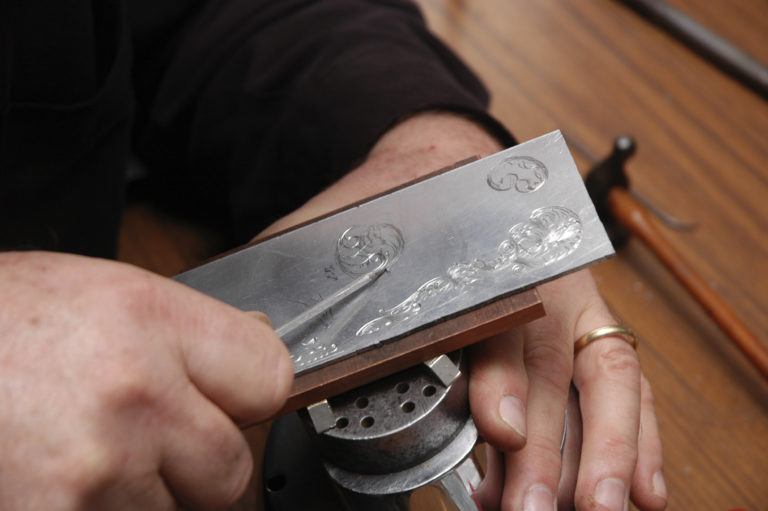
Metal with pictures
The basics of engraving are not too difficult and can be mastered with perseverance. However, as with anything, it takes practice to achieve true dexterity and ability. There is nothing more beautiful, timeless, exacting or lasting than a craftsman’s engraving. The best way to begin is to give it a go.
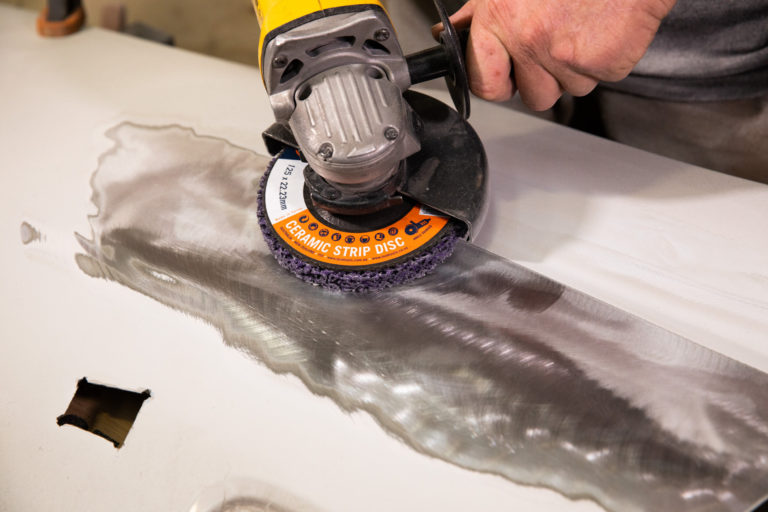
Introducing the new TUSK Ceramic Strip Disc
The fibres are embedded with coarse grade silicon carbide ensuring aggressive removal of surface applications such as rust, corrosion, epoxy resin, and paint without loading or damaging the metal surface leaving a fine finish.
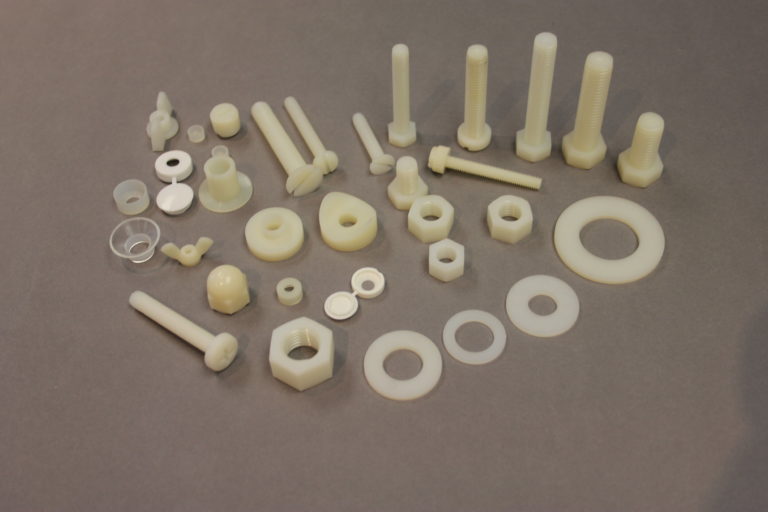
Have you got that in nylon?
Need nylon fasteners or washers? Hi-Q Components is the go-to solution for the widest range of nylon screws, nuts, bolts, and washers in both metric and imperial sizes for all engineering or assembly needs. Threaded rod in 1-metre lengths is also available in M3–M20 sizes. Hi-Q Components also

The Shed May/June 2021 Issue 96, on sale now
Our cover story in the May/June 2021 Issue No. 96 of The Shed is about a sheddie who decided to avoid spending a fortune on tools for his new career and instead make his own. Why? Because he could, and it saved waiting months for delivery in these Covid ravaged times. Plus there were considerable financial savings to be had.

The Shed March/April 2021 Issue 95, on sale now across Australia
Making Damascus steel is a true skill and the patterned finish really adds style to any knife. These knives are rightly famous for the keen edge they can be sharpened to and the length of time they retain that edge.
But how do you get those distinctive patterns the same each time and do that consistently? Well, we have found a knife maker who can do just that. Matt James has been making Damascus steel since the late 1990s and now does so from his well-equipped and spacious workshop.
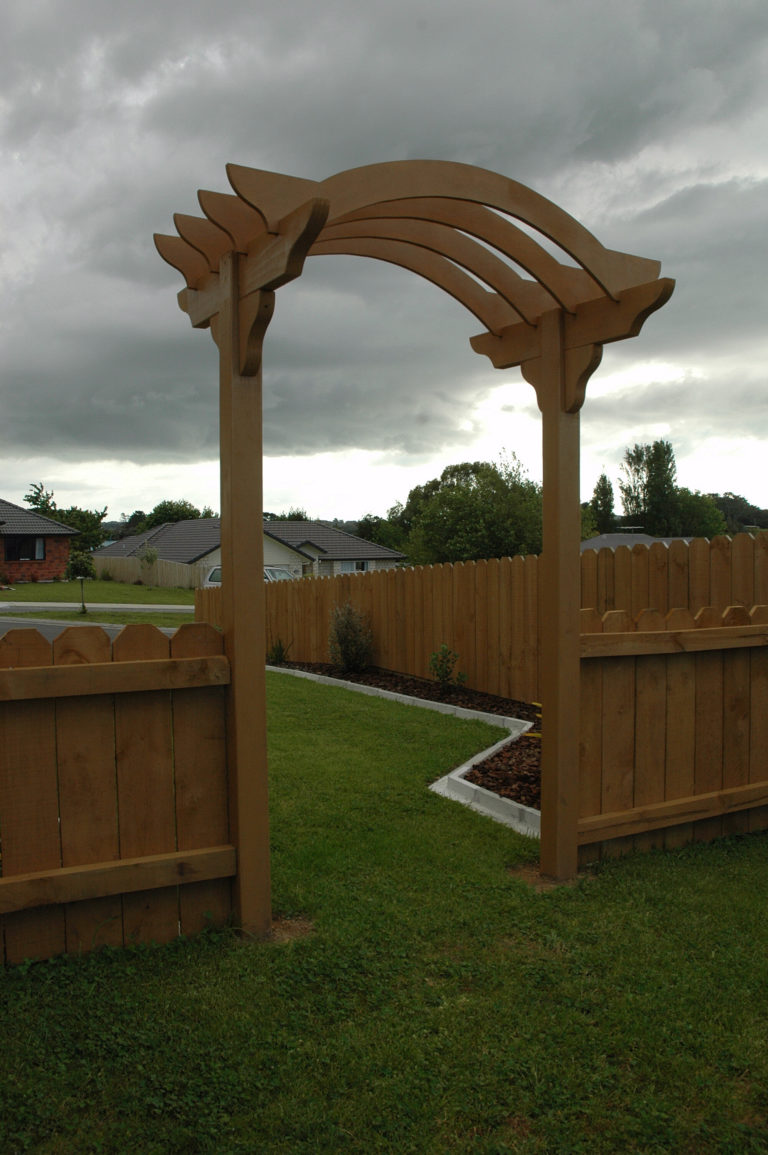
A garden arch in a weekend
A garden arch can add a little class to an entrance or gateway or serve as a base upon which to grow a climber or climbing rose. It adds some structure to a garden environment.
The beauty of this arch is that it can be made in a weekend. This arch is very simply constructed but its design can be endlessly varied to suit the whim of the landscaper. It’s quite possible to use this with four posts and form an entrance.

Man of metal
Metal is Bill Martel’s passion. He realises his own dreams in metal and those of his customers out of a very large “shed” in Plimmerton, the engine room of his business, Metalmorphic.
During 17 years of high-precision work, he and his team have made all sorts of furniture, balustrades, ornamental light shades, and more, even a 17th-century wrought iron sundial, four metres in diameter, which they “cut up into little pieces” and reassembled to correspond with the southern hemisphere.
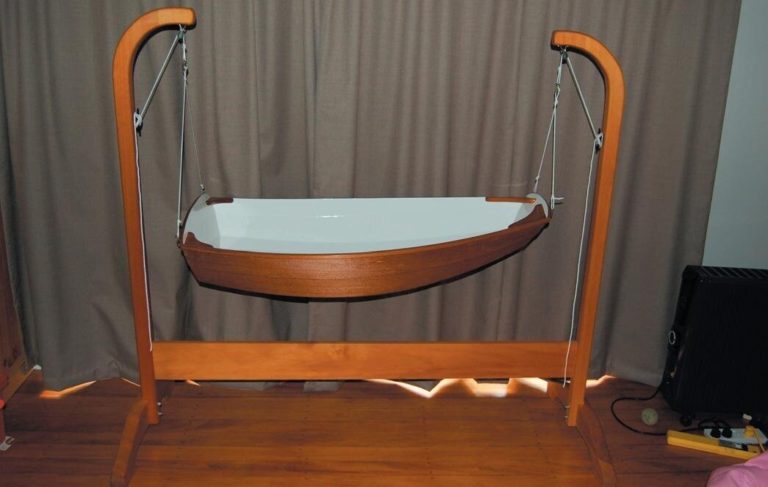
This cradle rocks
When I got the news that I was going to be a father of a baby girl I thought that maybe I could get out of redecorating the baby’s room if I embarked on a special project under the house.
The idea of building a cradle boat was inspired by photos in an old magazine so I went bought a copy of The Expectant Father’s Cradle Boat Book. But the boats were either very basic or so intricate I’d be lucky to finish it in time for her 21st birthday.
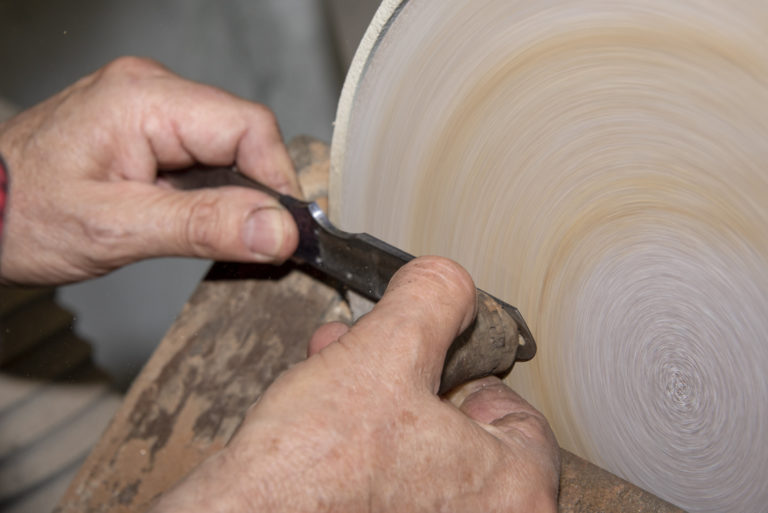
Video of the knifemaking workshop of Brent Sandow
In The Shed magazine Issue 92, we featured master knifemaker Brent Sandow and learned a lot about his knifemaking skills. While we were there, Brent also gave us a guided tour of his well-equipped knifemaking workshop. Be prepared for workshop envy.

Best of The Shed2 on sale now across Australia
Whatever your workshop passion, from woodworking to welding, from electronics to outdoor projects, there are some great ideas here. If you are a newbie, give them a go — you have to start somewhere in your journey to be a creative sheddie. We have 16 more great projects in this second edition of Best of The Shed. All have clear instructions that demonstrate the build process and include diagrams and parts lists.
Sheddies on both sides of the Tasman have been inspired by the projects and informative features we run in the magazine, and this is a selection of some of our most popular articles from the first 15 years of The Shed.

Best of The Shed2 on sale now
Whatever your workshop passion, from woodworking to welding, from electronics to outdoor projects, there are some great ideas here. If you are a newbie, give them a go — you have to start somewhere in your journey to be a creative sheddie. We have 16 more great projects in this second edition of Best of The Shed. All have clear instructions that demonstrate the build process and include diagrams and parts lists.
Sheddies on both sides of the Tasman have been inspired by the projects and informative features we run in the magazine, and this is a selection of some of our most popular articles from the first 15 years of The Shed.
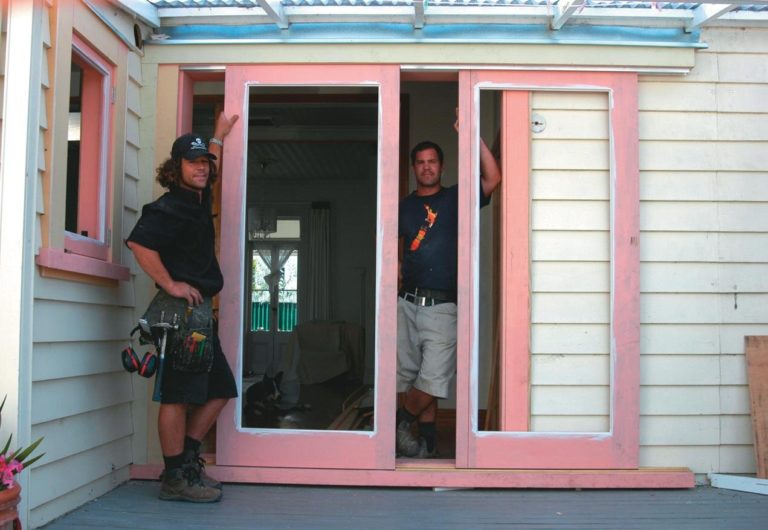
Installing sliding doors
French doors give a house much readier indoor-outdoor flow, especially when they open onto a deck. The old villa being renovated for this project had existing French doors leading from the back of the house to the outside.
However, the owner wanted a wider, more user-friendly opening and the answer was a bigger set of doors. The doors in this project are unusual
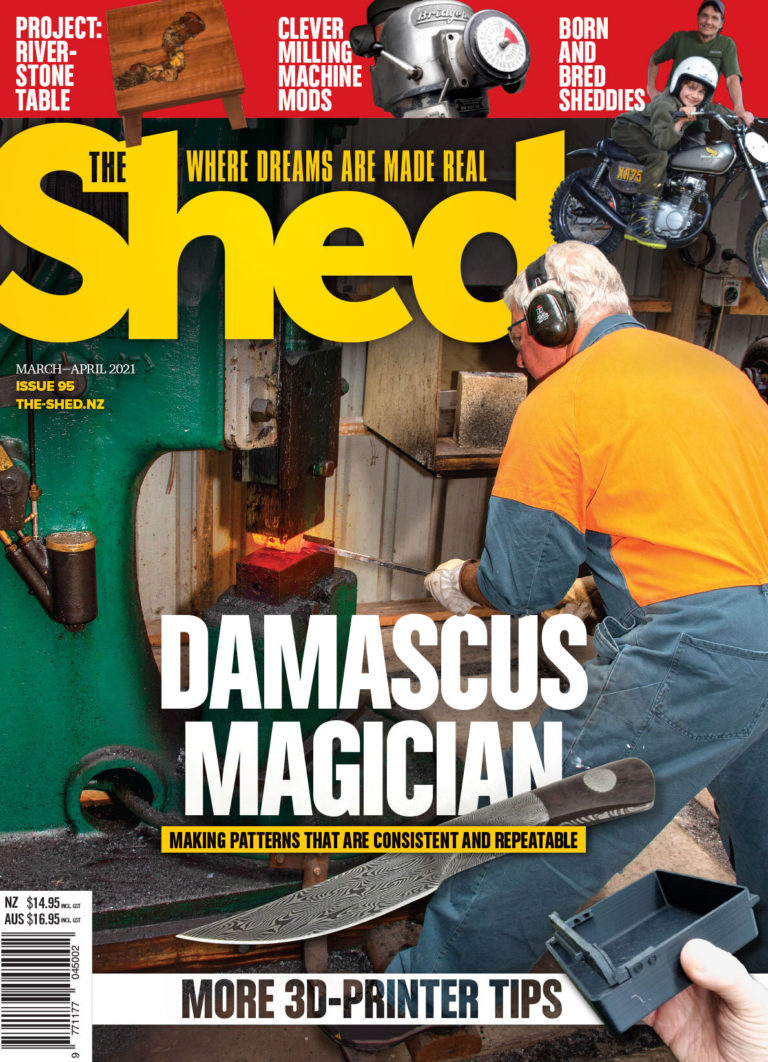
The Shed March/April 2021 Issue 95, on sale now
Making Damascus steel is a true skill and the patterned finish really adds style to any knife. These knives are rightly famous for the keen edge they can be sharpened to and the length of time they retain that edge.
But how do you get those distinctive patterns the same each time and do that consistently? Well, we have found a knife maker who can do just that. Matt James has been making Damascus steel since the late 1990s and now does so from his well-equipped and spacious workshop.
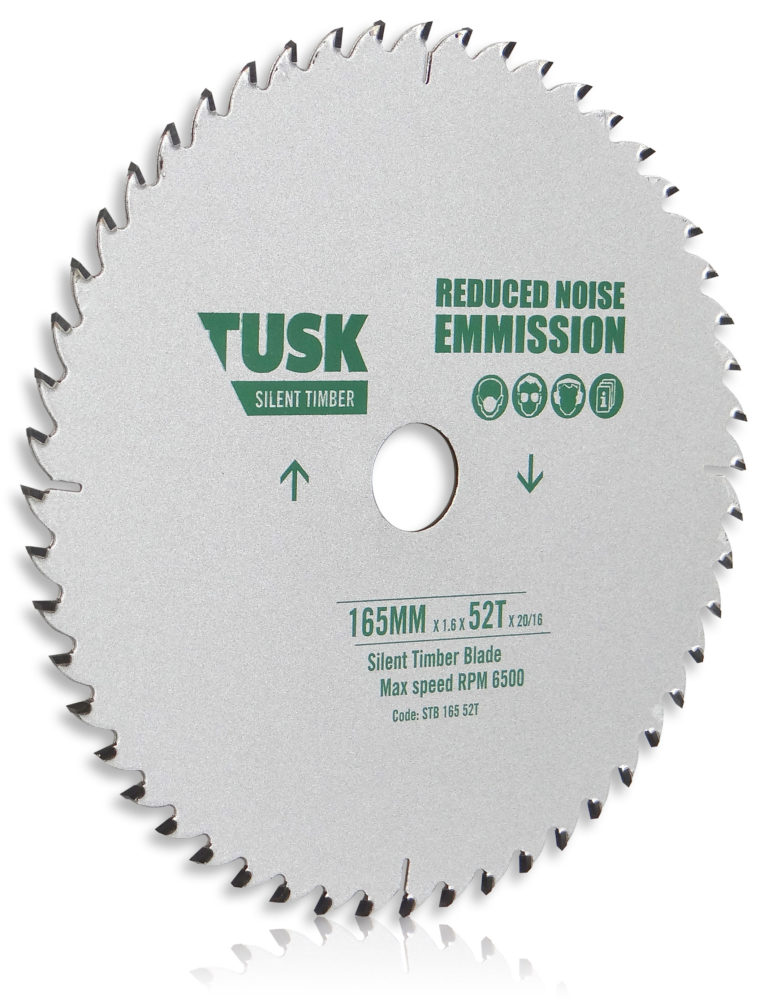
Sawing with shush
If you haven’t heard these Tusk Silent Timber blades in operation you can’t fully appreciate what a difference they make. They are not silent but they are significantly quieter, and probably never squeal. These ultra-thin, deep-cutting, premium-quality saw blades are made especially for use on electric or cordless circular saws. They feature a patented sound
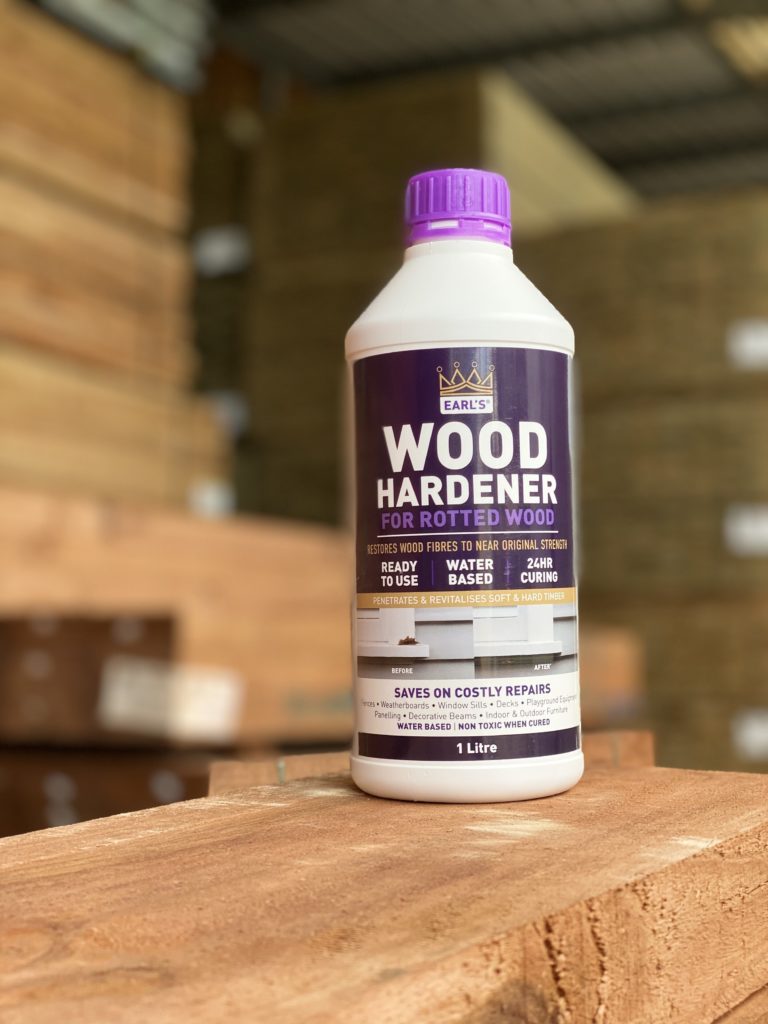
How to save crumbling wood
Earl’s Wood Hardener penetrates into soft and rotted wood fibres, restoring them to near original strength. It makes repairs possible to even the most fragile wood, ready for full restoration. Forget digging out rot. Earl’s Wood Hardener will penetrate wood fibres, and once dry, you can patch and paint, if necessary.

Channelling Houdini
In a sash-windowed meeting room in the upper reaches of the historic Thistle Inn in Wellington, an unusual band of people is preparing for their monthly meeting. Master lockpicker and meeting organiser Derek Robson, aka D.Roc, is assembling an array of locks; dozens of them—mortise locks, pin tumbler locks, tubular locks, various padlocks, combination locks, wafer locks, even a selection of handcuffs, to challenge tonight’s group.
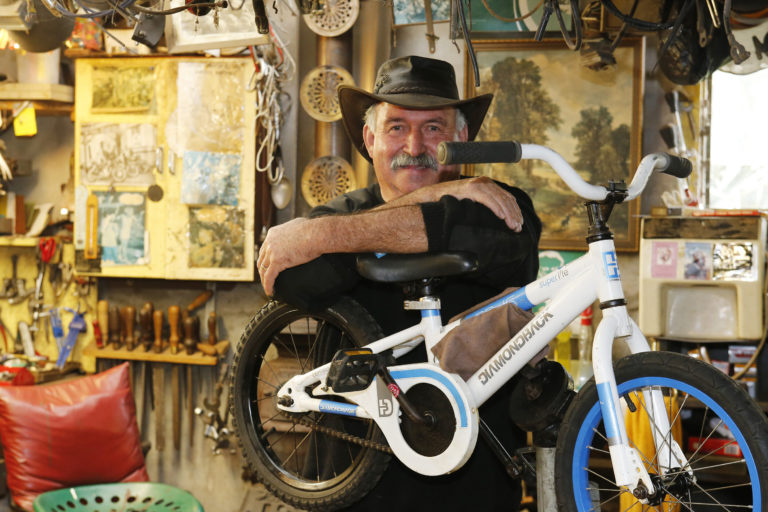
The bike dude
Gary still lives in the house where he was raised in rural Taranaki and he spends a lot of time repairing bikes to give to kids so that they can have the freedom he enjoyed in his childhood.
Gary is known locally as “The Bike Dude” and he’s been doing this for a while. There are second and third generations of kids out there riding bikes Gary has renewed.

The Shed Issue 94, the January/February edition, is now on sale across Australia
The magazine is now on sale at your favourite newsagent and subscribers’ copies are with Australia Post so will be with customers in the coming days.
Here is where to find your nearest local The Shed stockist and check out the fully-illustrated rundown of what’s in this issue.
To purchase a copy of this issue or subscribe in Australia, from only NZ$49, head to our online shop.
